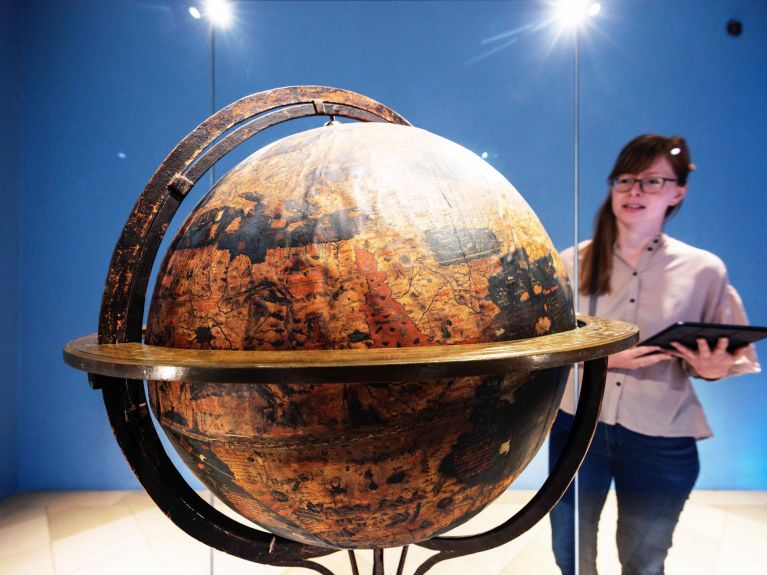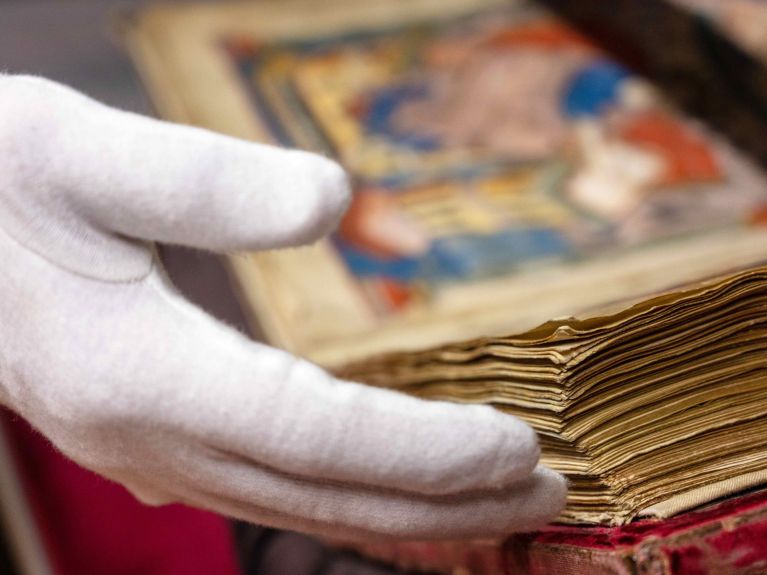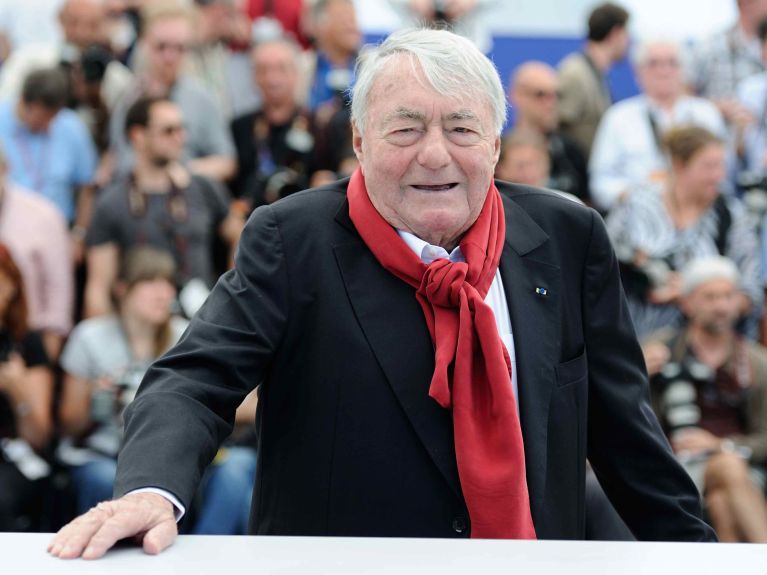Four new cultural assets from Germany
The oldest surviving globe and centuries-old documents and manuscripts are now listed as UNESCO world documentary heritage.

UNESCO has added four new cultural assets from Germany to its Memory of the World programme, including the world’s oldest surviving globe and centuries-old manuscripts from Charlemagne’s Court School. Consequently, Germany is now represented by 28 entries in the register, which encompasses 496 historically important documents in all. The Gutenberg Bible, Goethe’s literary estate and Beethoven’s Ninth Symphony are among the documents already listed as world cultural heritage. “Shoah”, the documentary film by French director Claude Lanzmann that was submitted with German involvement, has been added to the list. We present an overview of the new cultural assets in the Memory of the World programme:
Behaim Globe
Around 530 years old, the Behaim Globe at the Germanisches Nationalmuseum in Nuremberg is the world’s oldest surviving globe. With its hundreds of pictograms and place names, short narrative texts, images of rulers, coats of arms, mythical creatures and exotic animals, the globe paints an encyclopaedic picture of the geographical and historical knowledge at the end of the Middle Ages, the German Commission for UNESCO stated.
Ada Gospels

The manuscripts from Charlemagne’s Court School, which are among the most important illuminated manuscripts from the early mediaeval period circa 800, are around 1,200 years old. With 172 parchment pages and a precious book cover made of gold and precious stones, the Ada Gospels are kept at the Academic Library of the city of Trier.
Codex Manesse
Known as the Great Heidelberg Book of Songs, the Codex Manesse is regarded as the most comprehensive and famous collection of Middle High German songs and sayings.
Documents on the history of the Hanse
Under the auspices of the archive of the Hanseatic City of Lübeck in northern Germany, 21 documents were selected to preserve the history of the Hanseatic trading community in the Memory of the World programme. They show how northern Europe developed over 600 years ago, a process that was strongly influenced by the member towns of the Hanseatic League.
The documentary film “Shoah”

The Jewish Museum in Berlin was involved in the French nomination of the film. The audio archive for “Shoah”, which also forms part of the museum’s collection, contains recordings that the director Claude Lanzmann made during research conducted before shooting of the 1986 film began. Lanzmann conducted the conversations with survivors of the ghettos and concentration camps, with witnesses to the resistance, and with historians, members of the clergy, intellectuals and perpetrators.